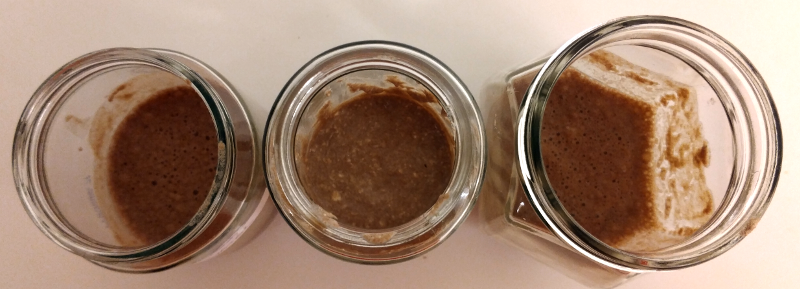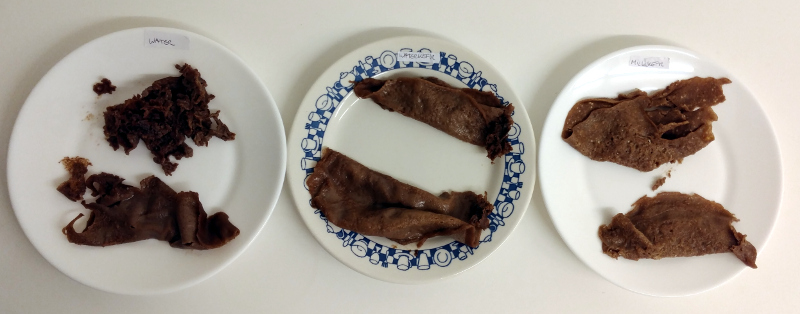Injera
I’ve been eating almost exclusively grain-free for the last two months and it has made a huge difference on my general well-being.
Then, I discovered a non-grain flour teff, or eragrostis teff, a species within the grass family, native to Ethiopia and Erithrea, used for the same purposes as grain in the West. The advantage: it is utterly and totally free of gluten.
<intermezzo>We did a tiny experiment with me trying to eat it, waited for the usual time for depression to set in, and.. it didn’t! Victory! The underlying reasoning: Maybe I am indeed gluten-intolerant and the usual ‘gluten-free products’ that are not ‘certified gluten-free’ are not good enough.. Anyway enough of that.</intermezzo>
Having discovered teff, a new world opened..
There is a sourdough pancake they make in Ethiopia, injera, which is basically plain and simple water with teff, left to ‘ferment’ for 24 hours, then baked on one side and used as a pancake to eat.. I guess there are a trillion variations, but I decided to start with the simplest first:
I did 2 experiments in different conditions:
- Water-teff mix for 36 hours: Oh dear, it ferments all right, but what a stench! I was brave enough to bake it and even braver to try a tiny bit: it was way too sour, but not as bad as the smell suggested.
- Water-water kefir-milk kefir mix for 24 hours: I used teff in combination with either water, milk kefir or water kefir (respectively) and left it for 24 h:

The smell was kind of dry for water, and sour for the milk and water kefir. The milk kefir was too thick, so one could use 50% milk kefir and 50% water. In that way it may pour better as a pancake, but maybe the solidity will decrease. And to be fair, it isn’t really a pancake but rather a crêpe as they are quite thin.
The milk kefir was actually quite close in consistency to the normal crêpes, that is compared to the other two; and in contrast to what the recipe said: 30 seconds lid off, 30 second lid on for baking; I found that about 40-60 seconds of baking with lid off resulted in better texture (compare the left upper sample with all the other samples in the picture below).
Here are the results of the baking ‘experience’:
The sample order from left to right as indicated on the picture is: water, water kefir and milk kefir. The upper sample of the water picture (at the extreme left) is the result I got when I did 30 seconds without lid, then 30 seconds with lid, and I guess you would agree that that isn’t quite what crêpes are supposed to look like..
Now for the taste..
I haven’t actually tasted real injera, so I have no comparator to the real deal, but personally I find that the teff taste is too intense for the water sample and the milk kefir sample, the water kefir sample tastes to my pallate the best (decently sour and not too penetrant teff taste). In order to get a more balanced taste, I suspect adding another type of flour to the mix could actually be helpful.
If you want to try injera, I would do the following:
- Ferment no longer than 24 hours
- if you use milk kefir, you might want to test 50/50 water/milk kefir for the liquid phase.
- use another flour to reduce the penetrant teff taste, which may taste good to some, but isn’t my favorite.
- My personal favorite from the three tasters is definitely water kefir as a starter for the teff crêpes (for the reason mentioned in point 3)
What are your experiences with teff flour or injera?
